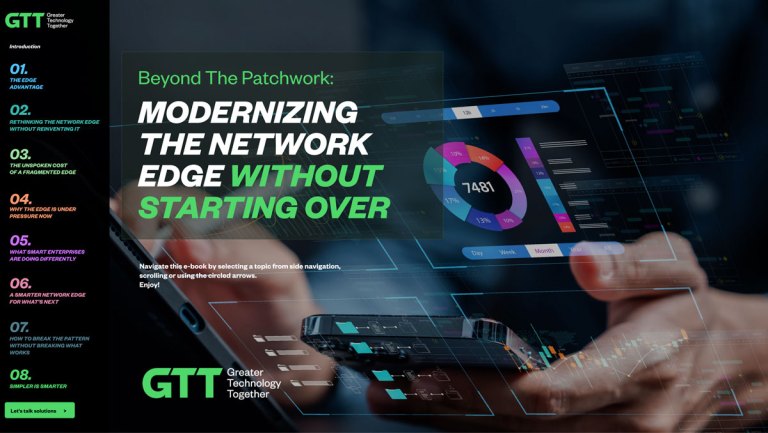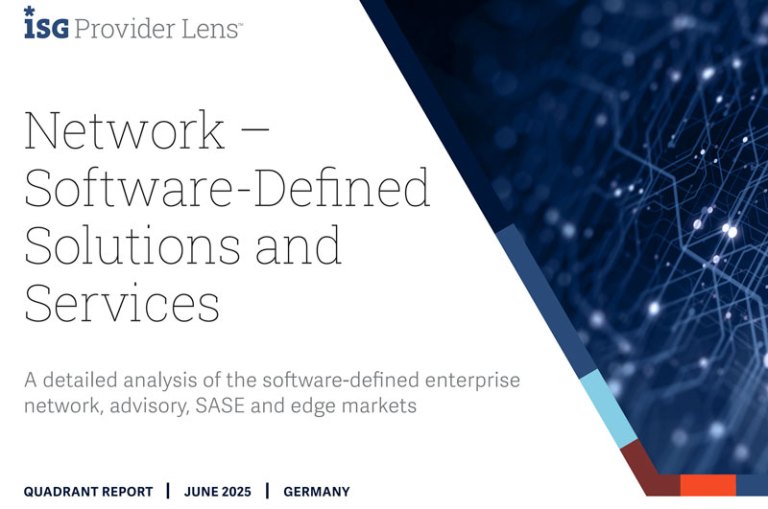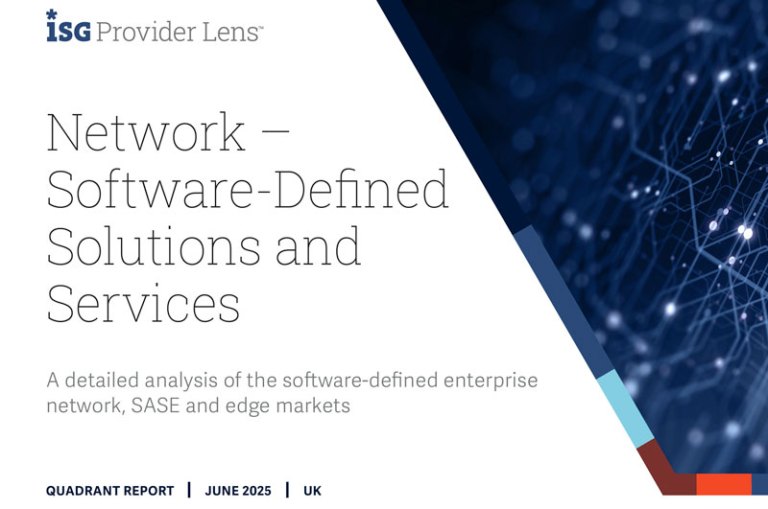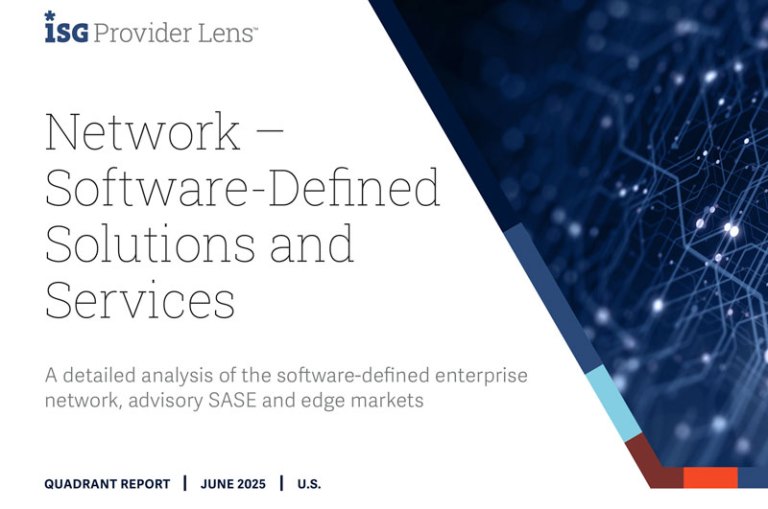A common question for IT buyers approaching the end of their WAN contracts is, “Do I still need MPLS, or should I switch to SD-WAN and use more cost-effective internet lines?”

SD-WAN has gained significant traction in the telecom market, often based on the promise of reducing networking costs by utilizing less expensive internet over more expensive MPLS. However, the biggest factor affecting networking costs is often not actually the choice between MPLS and internet. Rather, it’s the choice of the underlying physical transport, commonly referred to as the underlay.
To understand this better, let’s take a step back to the OSI model, which defines the 7 layers of networking, beginning from the physical layer 1 to the application layer 7.
Fig. 1: OSI Model (Table #1)
| Layer |
Function |
|
|
Application Layer |
6 |
Presentation Layer |
5 |
Session Layer |
4 |
Transport Layer |
3 |
Network Layer • MPLS • Internet |
2 |
Data Layer |
1 |
Physical Layer • Copper • Fiber • Radio |
MPLS and internet reside at networking layer 3, and the physical transport resides at layer 1. It is this physical transport that greatly affects the price of a network line. There are many options to choose from and they differ greatly in price and quality, as shown in the simplified chart below.
Fig. 2: Transport Options Overview (Table #2)
| ADSL | VDSL/FTTX/ Cable |
Ethernet First Mile (EFM) |
Fiber Leased Lines/Microwave |
Wireless Access (LTE) |
|
|
|
Download Speed: Up to 20Mbps
Upload Speed: Up to 2.5Mbps |
Download Speed: Up to 1,000Mbps
Upload Speed: Up to 100Mbps |
2 to 20Mbps
2 to 8 copper pairs Speed depends on copper distance from the exchange & number of pairs used |
10Mbps, 100Mbps & 1Gbps Ethernet bearers
Range of Committed Data Rates up to 1Gbps |
Download Speed: Up to 50Mbps
Upload Speed: Up to 20Mbps |
Bandwidth Type |
Asymmetrical Shared |
Asymmetrical Shared |
Symmetrical & Dedicated | Symmetrical & Dedicated | Asymmetrical Shared |
Local Infrastructure |
Copper | Copper (FTTC)/Coax | Ethernet over Copper | Fiber/Radio | Radio |
Relative Cost |
$ | $$ | $$$ | $$$$ | $ (unlimited data plans) |
There is a perception that MPLS is always more expensive than internet. One of the reasons for this is because MPLS is often delivered on more costly, but also more reliable, fiber lines, whereas internet is often delivered on cheaper, and less reliable, copper-based broadband lines. However, MPLS can also be delivered on broadband, and internet can also be delivered on fiber. In such a case, the MPLS broadband line would be cheaper than the internet line delivered over fiber.
The choice between MPLS and internet as a transport technology should not simply be a cost decision, but should be led by what sort of network topology is best suited for your business needs and risk tolerance. For example, MPLS is often used for the part of your network design that resembles a traditional hub and spoke model, linking important sites with central data center locations and requiring quality of service (QoS) for ensuring real-time application performance. Internet as a transport technology works better for more decentralized topologies that link your business with SaaS and web services.
The choice of physical transport should be driven by the needs of the specific site type and end-user business requirements. Simply put, higher-value sites like the data center and headquarters should have high-bandwidth lines with high reliability and SLAs that come with fiber lines, but less critical sites can have less expensive lines, such as copper-based broadband.
Businesses that recognize this typically reach a hybrid network topology design end-state — and look to gain the associated cost benefits. Making the right access and transport networking choices can be challenging, but an experienced managed service provider can put together a fit-for-purpose solution that is tailored specifically to your existing and future needs.
The Forgotten Factor: SLAs
With the many rich network enhancement features of SD-WAN, it is easy to forget that the underlay still plays a very significant role in the overall network performance.
SD-WAN technology works by abstracting the control plane from the data plane, which is always synonymous with MPLS and similar technologies. This abstraction allows traffic to be controlled in overlay tunnels independently of the underlying physical transports, or underlays. Overlays allow service providers to enable new services and functions without having to reconfigure the underlying transport layer. However, the performance of the network is still determined by the aggregate physical characteristics of the underlay.
As shown in Fig. 2 above, underlays range in spectrum of price and performance, from ADSL technology to fiber access services, and many options in between, such as wireless, VDSL, and EFM.
While the cost savings of lower-grade access types are truly enticing, enterprises need to be aware of the performance implications of using different types of circuits. Application performance and end-user experience are tightly tied to network behavior.
Typically, not only does the performance of the underlays vary but also the SLAs that a network service provider will offer in support of them. This should be an important consideration with all SD-WAN rollouts.
GTT’s Approach
GTT provides customers with tailored SD-WAN solutions layered on top of a foundation of carefully selected underlay access services. Due to the ubiquitous nature of our network, GTT’s approach is to offer consistency in service options regardless of location, with access methods ranging from cost-effective broadband to dedicated and reliable fiber lines, through a wide array of local access suppliers. GTT’s strategy for access technologies seeks to provide our clients with as many options as possible to tailor the right access for each of their individual sites.
GTT employs access specialists in each region across the world that manage relationships with local operators. GTT works through the carrier managers per country/region as partners with local vendors, learning the intricacies of different local markets but also pushing innovation where necessary to meet our customers’ continuously evolving demands.
About GTT
GTT connects people across organizations, around the world, and to every application in the cloud. Our clients benefit from an outstanding service experience built on our core values of simplicity, speed, and agility. GTT owns and operates a global Tier 1 internet network and provides a comprehensive suite of cloud networking services. We also offer a complementary portfolio of managed services, including managed SD-WAN from leading technology vendors.











